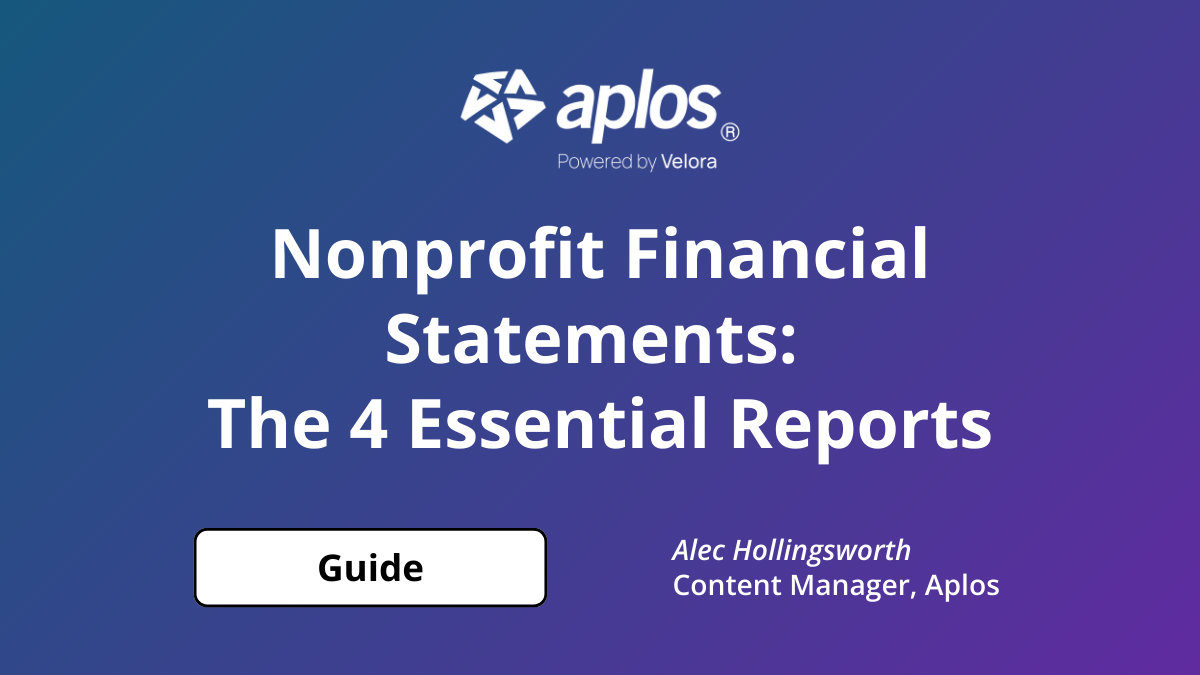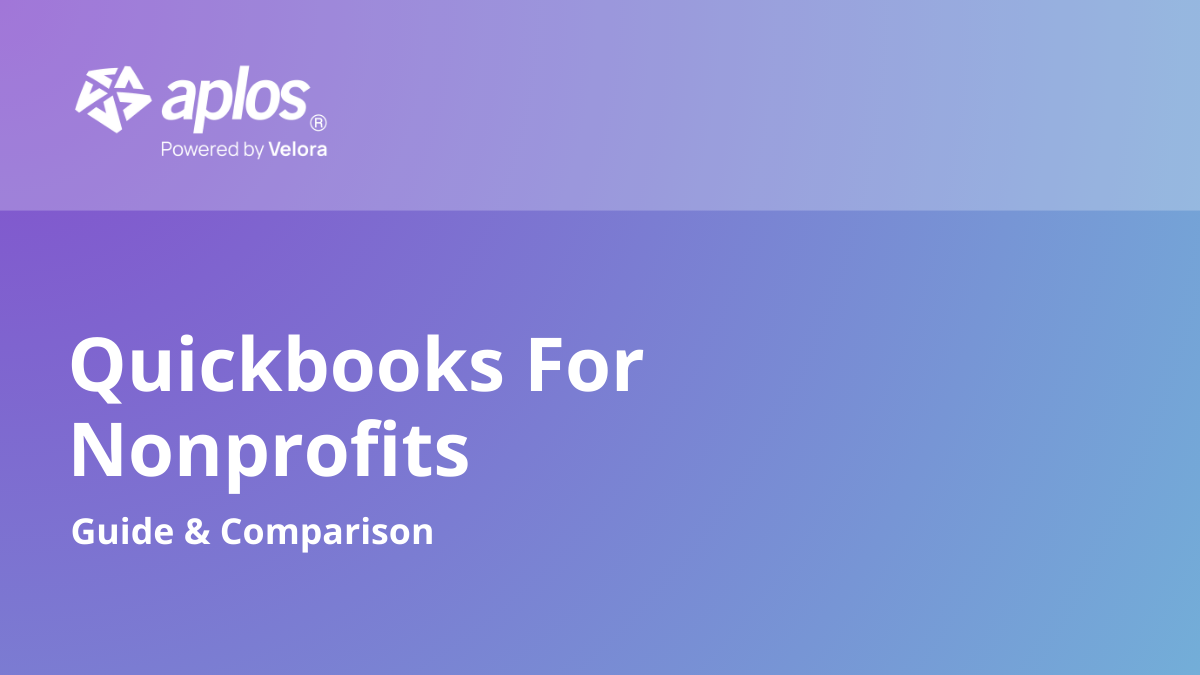
Nonprofit Financials: 3 Reports Every Nonprofit Needs

Nonprofit Financials
If you’re thinking of starting a nonprofit, or you’re trying to learn more about how to run your nonprofit from an accounting standpoint, then it’s important you understand and implement the three reports essential to managing your nonprofit financials, regardless of the software you use. For-profit businesses utilize these reports to understand whether or not they’re profitable. However, many people don’t realize nonprofits need them as well.
Even though for-profits and nonprofits both use these reports, some of the reports go by a different name in the nonprofit sphere.
Budget To Actual Report
Traditional businesses also call this report a Budget to Actual. As you might’ve guessed, it’s to help with budgeting.
Most people underestimate how important budgeting can be. They see it as something that might help manage their money, and certainly not as something they have to implement. Your Budget to Actual will match your expense and income accounts, and show what you designated for your budget. It will show how close you came to meeting that goal. It should be done monthly or quarterly.
Learn how to create budget reports through Aplos’ accounting platform.
Statement Of Financial Position
This is the second of your reports on nonprofit financials. In the business world, this report is called a Balance Sheet.

Your statement of financial position will show what you have up to the current date, the assets and liabilities your nonprofit has, and the difference in their totals. Anyone who’s taken an accounting course has heard of the equation “Assets = Liabilities + Stockholders’ Equity.” This equation applies to the statement of financial position as well. However, Stockholders’ Equity will be replaced by Net Assets. So the equation will look like this: Assets = Liabilities + Net Assets.
Nonprofits mostly use their Statement of Financial Position as a reference guide for other reports.
Statement Of Activities

Businesses call this an Income Statement. Nonprofits use this report more often than the balance sheet. The formula on this report is: Income – Expense = Net Income (Increase in Net Assets).
As you might be able to tell, subtracting your expenses from your income results in your net assets. This report shows if your organization is making more than it is spending. And as Nonprofit Accounting Basic$ explains: “The report reflects the changes to an organization’s net assets resulting from income and expenses that occur during the current fiscal year.”
More On Nonprofit Financials
We hope you found this quick walkthrough of nonprofit reports helpful. Still interested in learning more on nonprofit accounting? Then check out our Ultimate Guide To Nonprofit Accounting or our sample nonprofit budget for further assistance.
Free Recorded Webinar: 5 Essential Reports Your Nonprofit Needs
Learn how to customize your chart of accounts to get the reporting you need, and discover options to get more granular reporting for your programs or locations. During this webinar, you will:
- Gain a better understanding of the essential reports needed to manage nonprofit organizations
- View the essential parts of a chart of accounts and how it impacts your reporting
- Learn how to implement granular tracking to better understand the financial health of your programs

Our comprehensive closeout services start at $399 per month that needs to be reconciled. Sign up before Jan 1st and pay just $199.50 per month!
Copyright © 2025 Aplos Software, LLC. All rights reserved.
Aplos partners with Stripe Payments Company for money transmission services and account services with funds held at Fifth Third Bank N.A., Member FDIC.
Copyright © 2024 Aplos Software, LLC. All rights reserved.
Aplos partners with Stripe Payments Company for money transmission services and account services with funds held at Fifth Third Bank N.A., Member FDIC.



.png)



